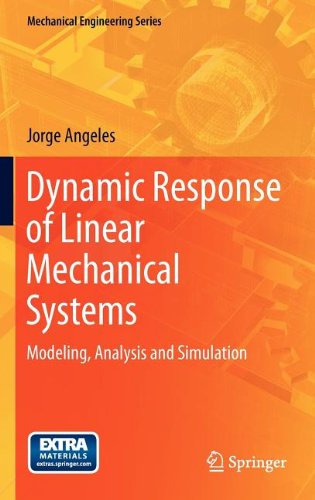

Most ebook files are in PDF format, so you can easily read them using various software such as Foxit Reader or directly on the Google Chrome browser.
Some ebook files are released by publishers in other formats such as .awz, .mobi, .epub, .fb2, etc. You may need to install specific software to read these formats on mobile/PC, such as Calibre.
Please read the tutorial at this link: https://ebookbell.com/faq
We offer FREE conversion to the popular formats you request; however, this may take some time. Therefore, right after payment, please email us, and we will try to provide the service as quickly as possible.
For some exceptional file formats or broken links (if any), please refrain from opening any disputes. Instead, email us first, and we will try to assist within a maximum of 6 hours.
EbookBell Team

4.4
102 reviewsDynamic Response of Linear Mechanical Systems: Modeling, Analysis and Simulation can be utilized for a variety of courses, including junior and senior-level vibration and linear mechanical analysis courses. The author connects, by means of a rigorous, yet intuitive approach, the theory of vibration with the more general theory of systems. The book features:
A seven-step modeling technique that helps structure the rather unstructured process of mechanical-system modeling
A system-theoretic approach to deriving the time response of the linear mathematical models of mechanical systems
The modal analysis and the time response of two-degree-of-freedom systems—the first step on the long way to the more elaborate study of multi-degree-of-freedom systems—using the Mohr circle
Simple, yet powerful simulation algorithms that exploit the linearity of the system for both single- and multi-degree-of-freedom systems
Examples and exercises that rely on modern computational toolboxes for both numerical and symbolic computations as well as a Solutions Manual for instructors, with complete solutions of a sample of end-of-chapter exercises
Chapters 3 and 7, on simulation, include in each “Exercises” section a set of miniprojects that require code-writing to implement the algorithms developed in these chapters